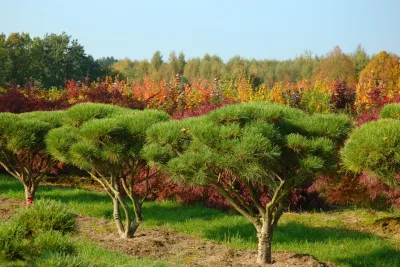Origin:
China
Habit:
Strictly conical large tree, 20-30 (35) m tall, 6-8 m wide; sometimes with several stems; branches arching upwards; fast-growing, 40-80 (120) cm a year; in 30 years, 12 m tall and 8 m wide.
Bark:
Conspicuous reddish brown, peeling off in lengthways stripes; stem with thick lengthways knots.
Leaves:
Deciduous, needle-like, early shoots, April; light green, reddish brown to orange in autumn, end of November/beginning of December; needles fall with short shoots; short shoots opposite.
Roots:
Shallow, extremely farreaching; main roots directly at the surface, lifting paving and brick paths; roots can grow into water as thick beards.
Demands:
Sunny to lightly shady, tolerates warmth, frost hardy; good for urban environments, tolerates wind.
Soil:
Fresh to moist; on all not too nutritious substrates; susceptible to fungus on over-fertilised soil.
Vegetation:
The natural surroundings of the Dawn Redwood only became known long after it had been discovered. Metasequoia glyptostroboides is found among numerous varieties of Acer (inter alia Chinese varieties of Acer palmatum). Also Amelanchier, Cercidiphyllum, Clethra, many Cornus varieties, especially C. kousa, evergreen Ilex and Magnolia liliiflora, Photinia and Taxus varieties.
Our tip:
Tolerates cutting, good as tall hedges, cut in June or July.
Hardiness:
Zone 6b

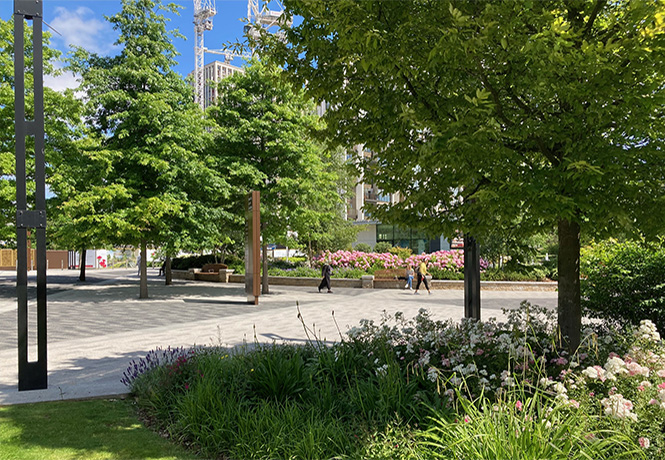
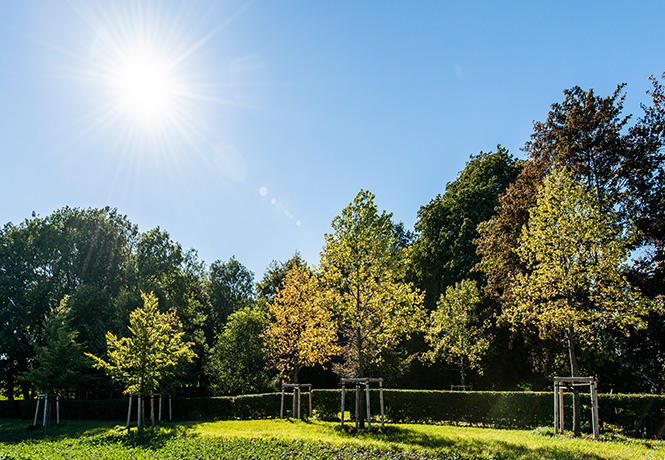
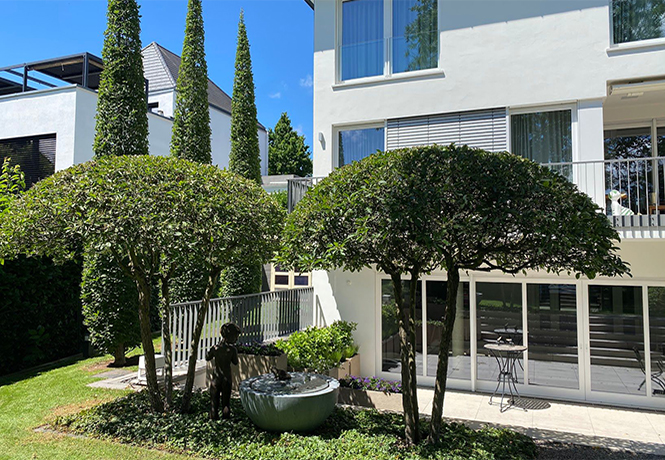
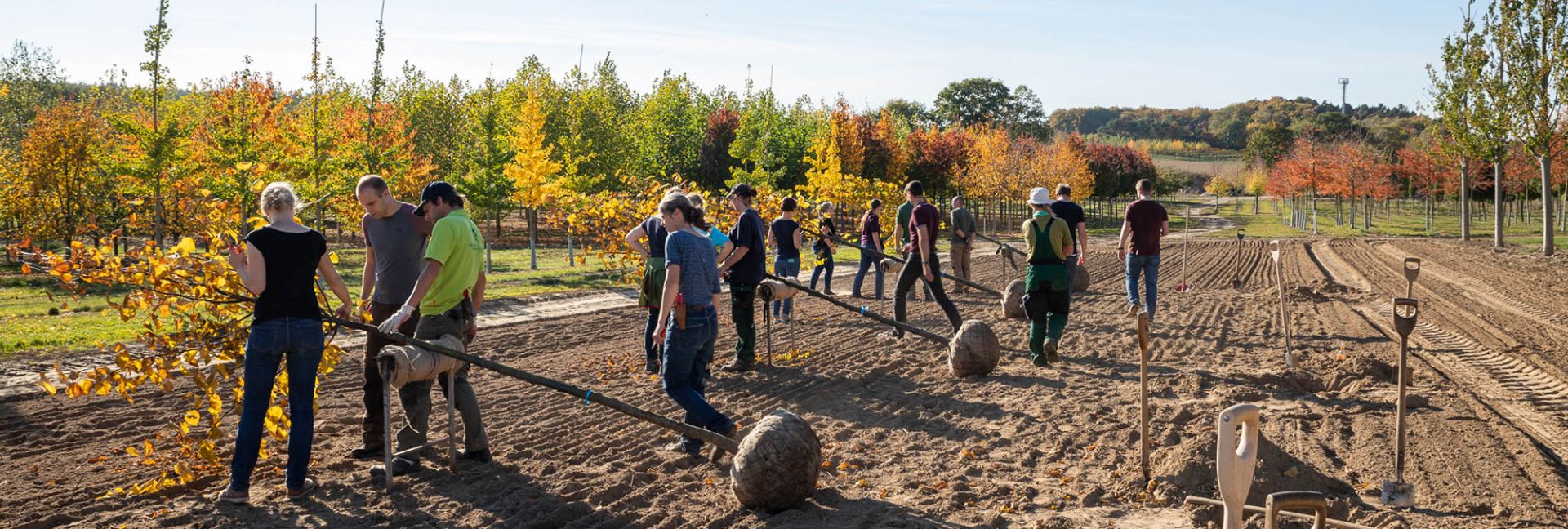

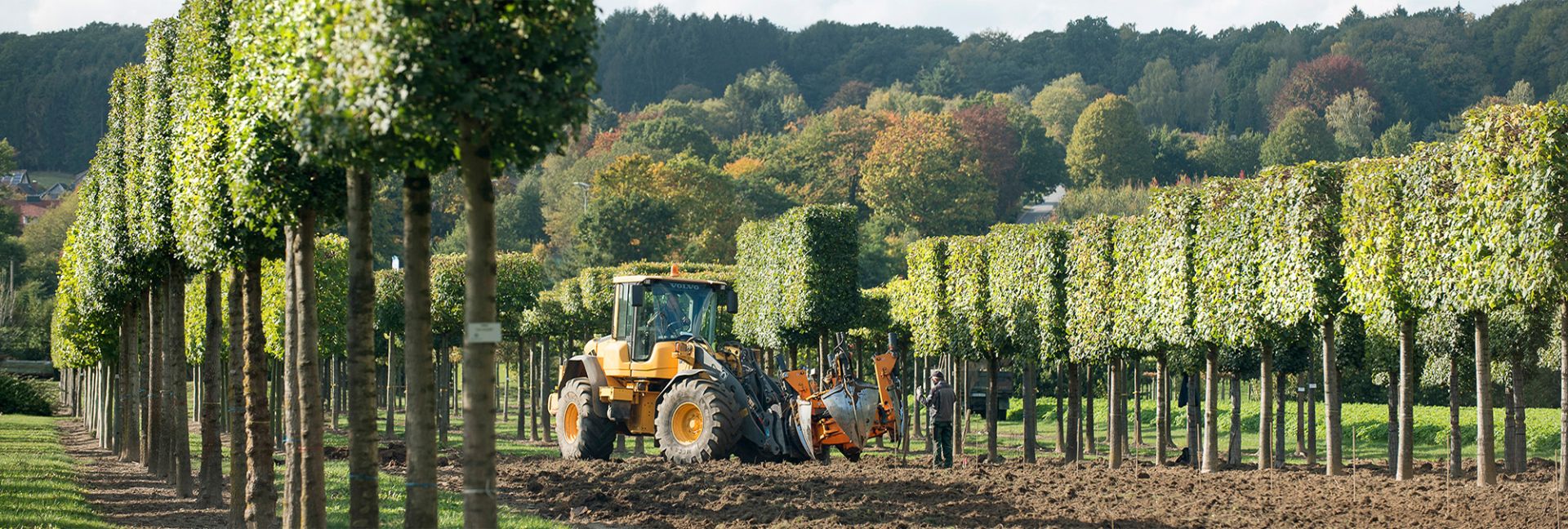
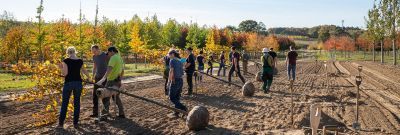
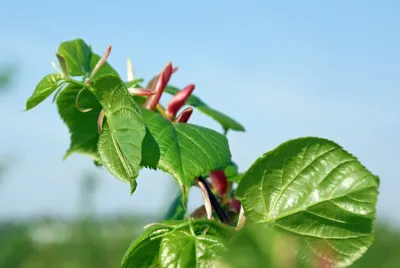
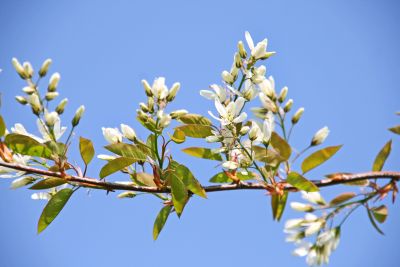
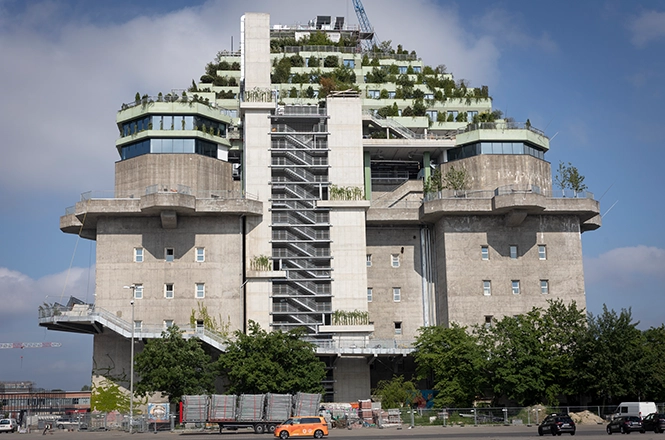
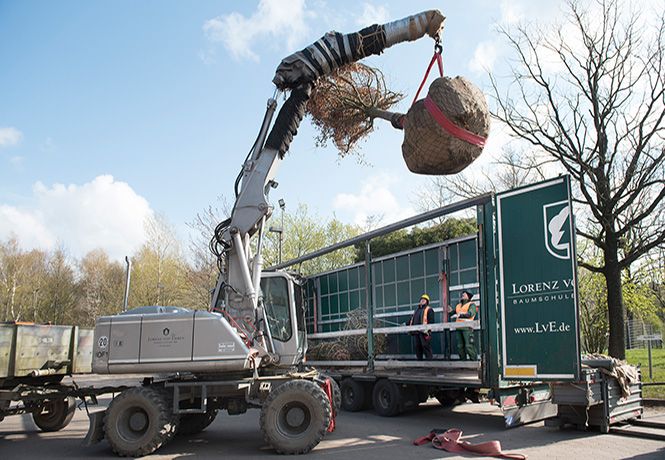
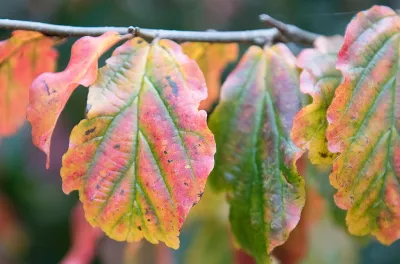
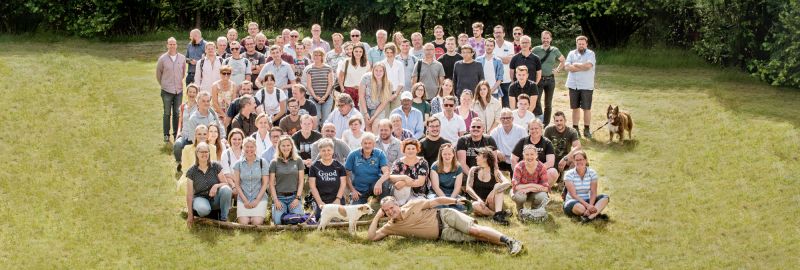


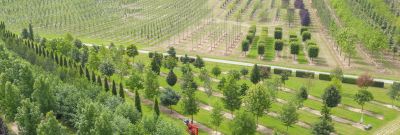
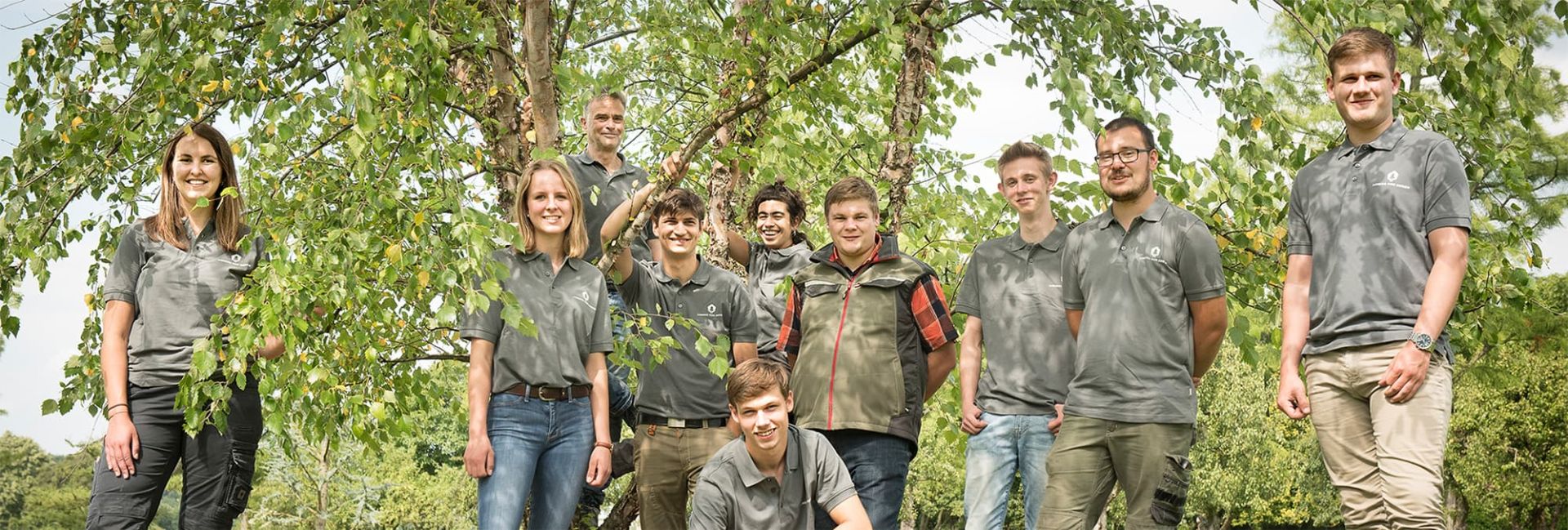

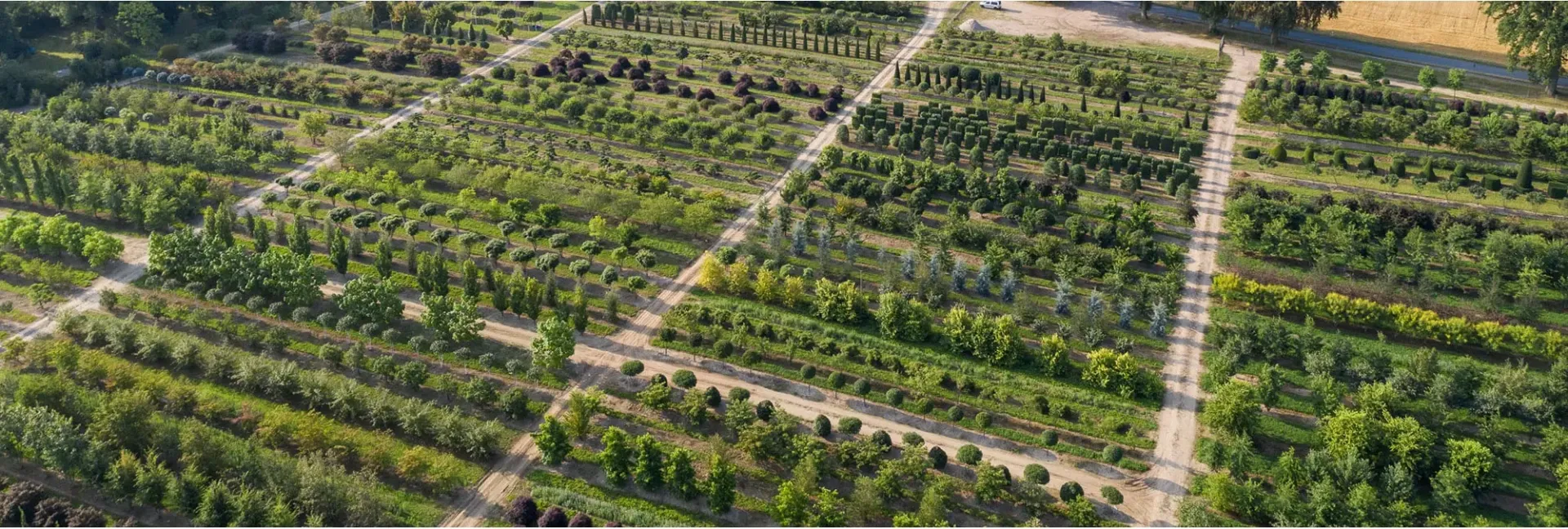
_400x400.webp)
